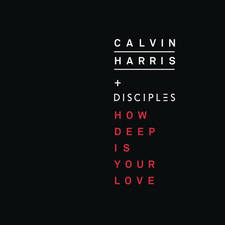Wearing sunglasses while driving could land you a £2,500 fine
2 July 2021, 10:27 | Updated: 2 July 2021, 10:35

Wearing sunglasses could land drivers with a fine this summer.
With summer in full swing, drivers are being warned that their sunglasses might be too dark.
According to the AA, depending on the glass in a pair of shades, they could be dangerous to drive in.
Their website states: “Sunglasses sold for general use can be too dark for driving in. Plus, fashion frames could obscure your peripheral vision if they aren't the right style, so it's best to choose your shades carefully.”
- Government's winter Covid plan could mean mandatory masks and social distancing for next 5 years
- Mum who was sacked for refusing to work weekends wins 'landmark' appeal for parents
- Mum hits back after she's criticised for letting her two-year-old drink from a bottle

If wearing sunglasses means drivers can't see clearly and therefore can’t drive safely, they could face a £2,500 fine and up to nine penalty points on their license.
However, more confusingly, drivers could also face a fine if they don’t wear sunglasses and their sight is impaired as a result.
If the sun shines in your eyes and causes you to take your eyes off the road, you could be seen as ‘driving without due care and attention’.
According to the Highway Code, drivers must pull over if they are ‘dazzled by bright sunlight’, so if a motorist chooses not to wear sunglasses and doesn’t pull over they could also face a penalty.

Robbie Williams misses the end of the England Euros match after falling asleep during the football
With this in mind, the AA has clear advice on which lenses to choose to keep you safe on the roads.
They state there are two essential requirements in lenses used for driving; your vision remaining clear and having sufficient light to allow you to see properly.
The driving experts recommend choosing either 'fixed' or 'variable' tint shades.
Variable lenses change their tint density when exposed to certain kinds of light, so the brighter the light, the darker the lenses will turn.

On the other hand, fixed lenses stay at the same level of tint no matter how sunny or dark.
Tinted lenses can be different colours and different densities, so it’s important to pick the ones which are suitable for driving.
The AA states: “Due to the light levels within the car, filter category 2 lenses which transmit between 18% and 43% of light are recommended for daytime driving.
“Filter category 4 lenses only transmit between 3% and 8% of light and are not suitable for driving at any time.”






























